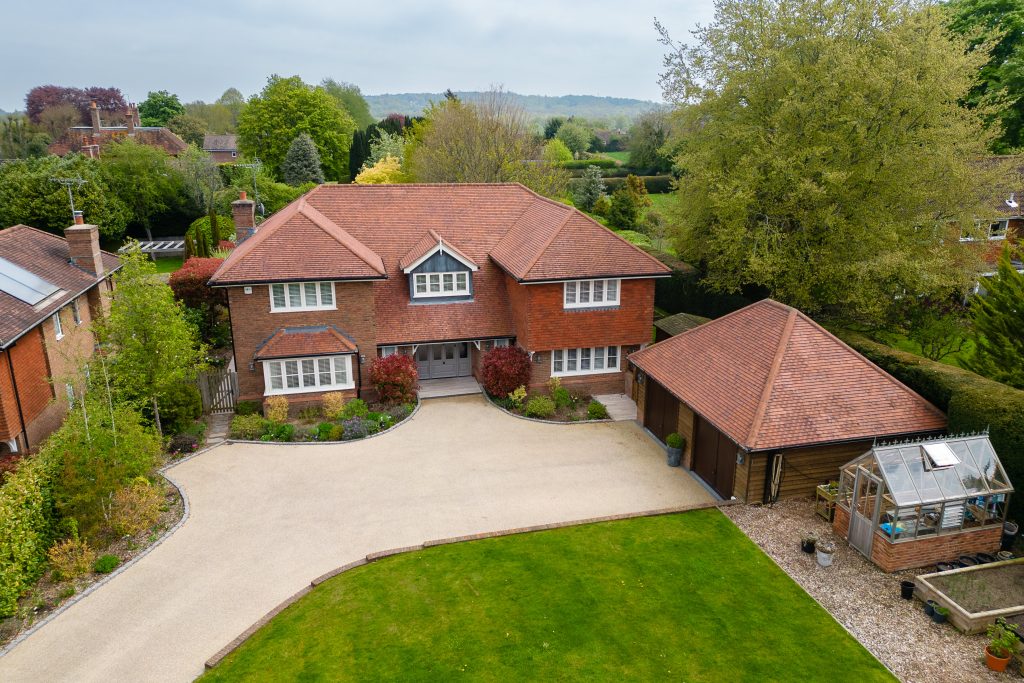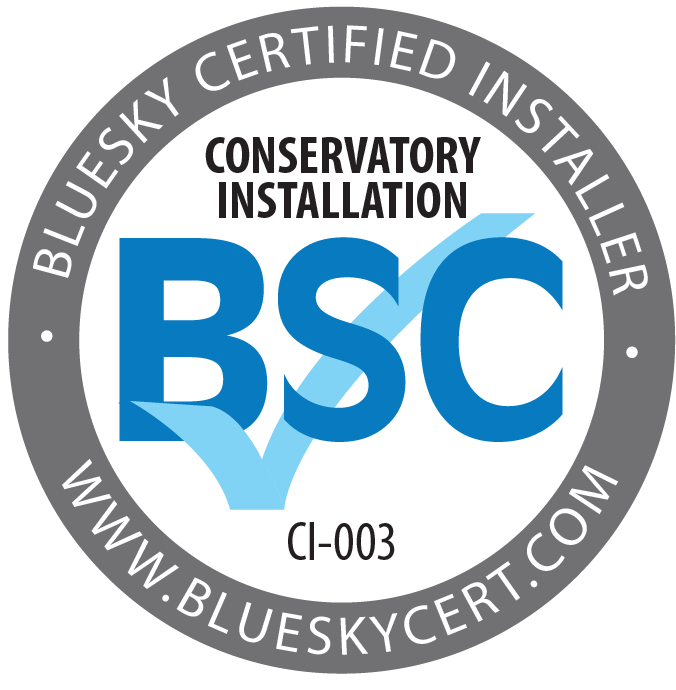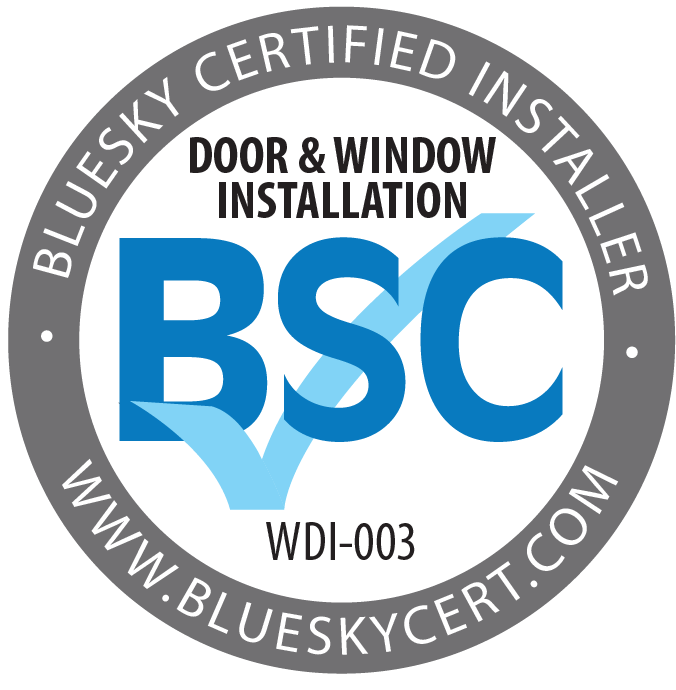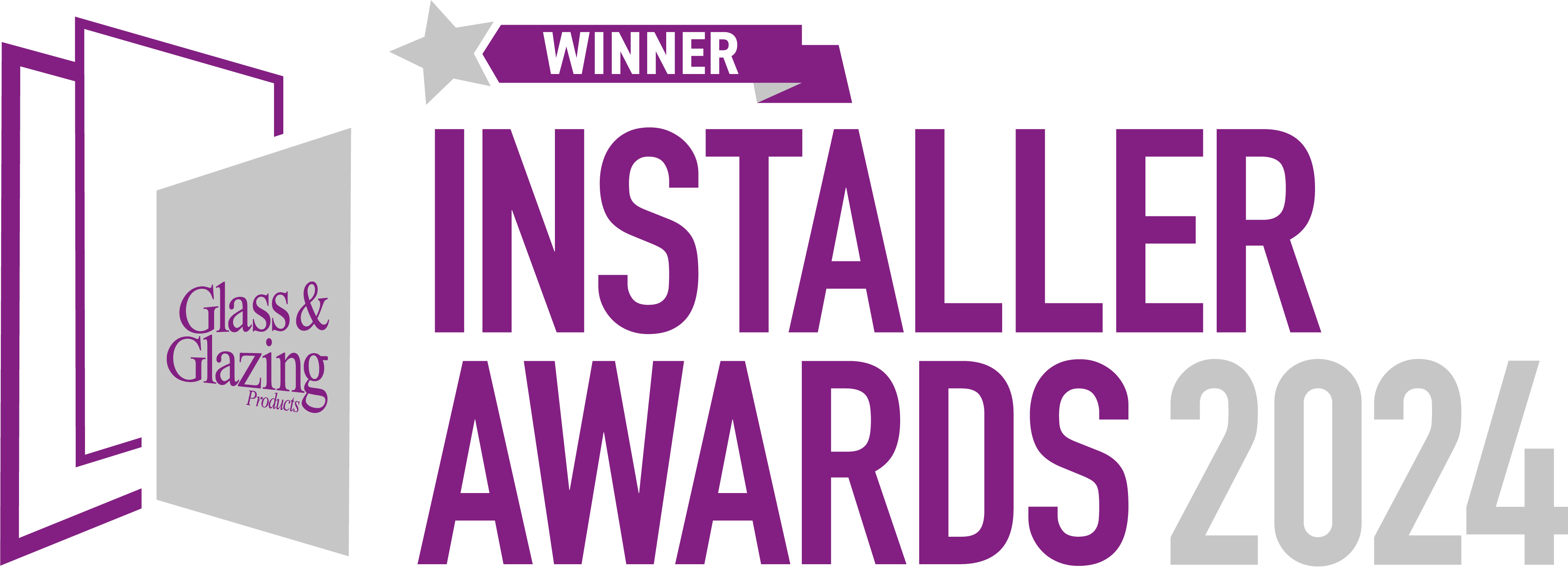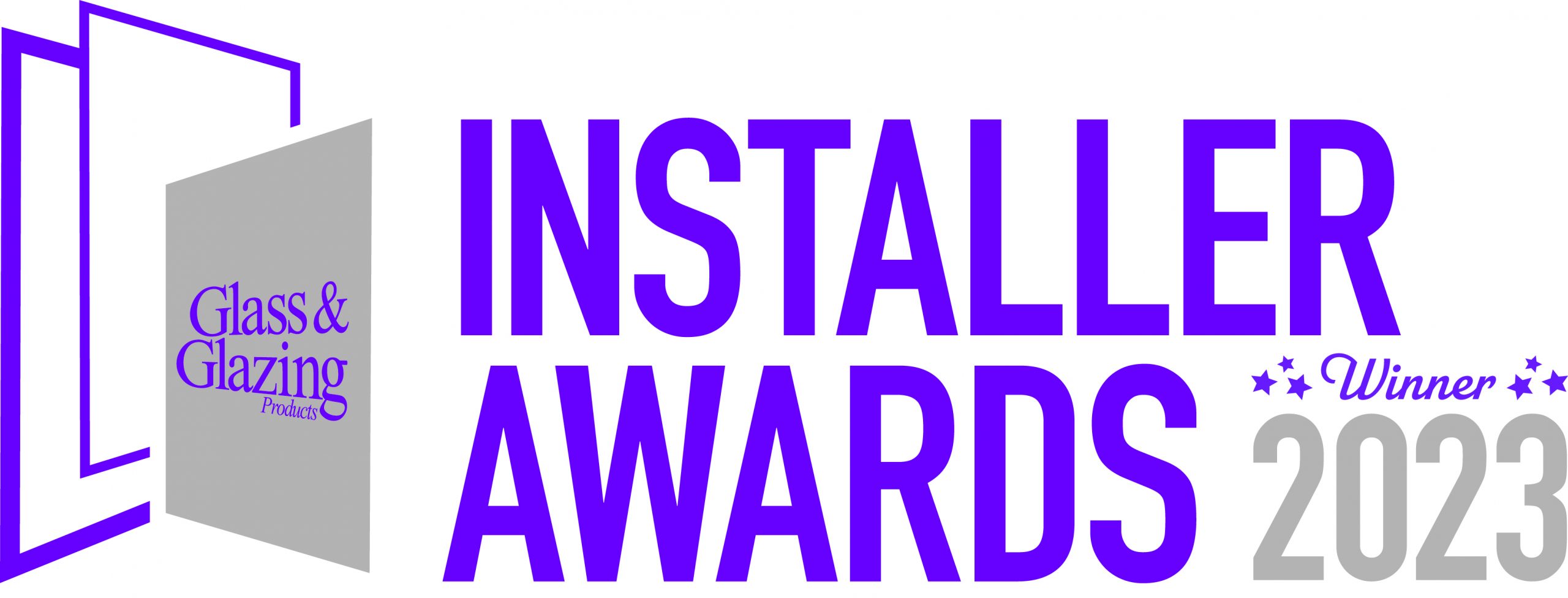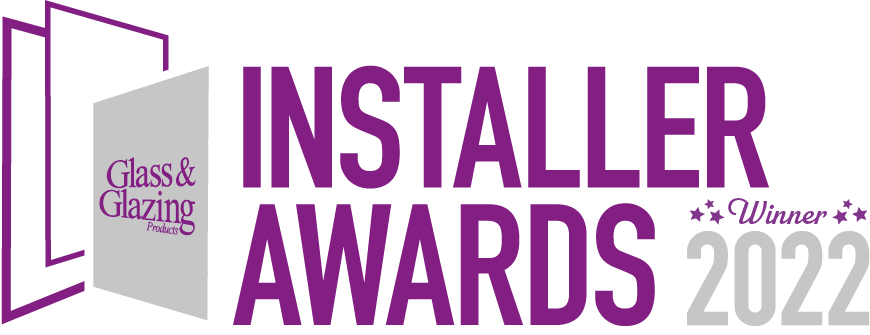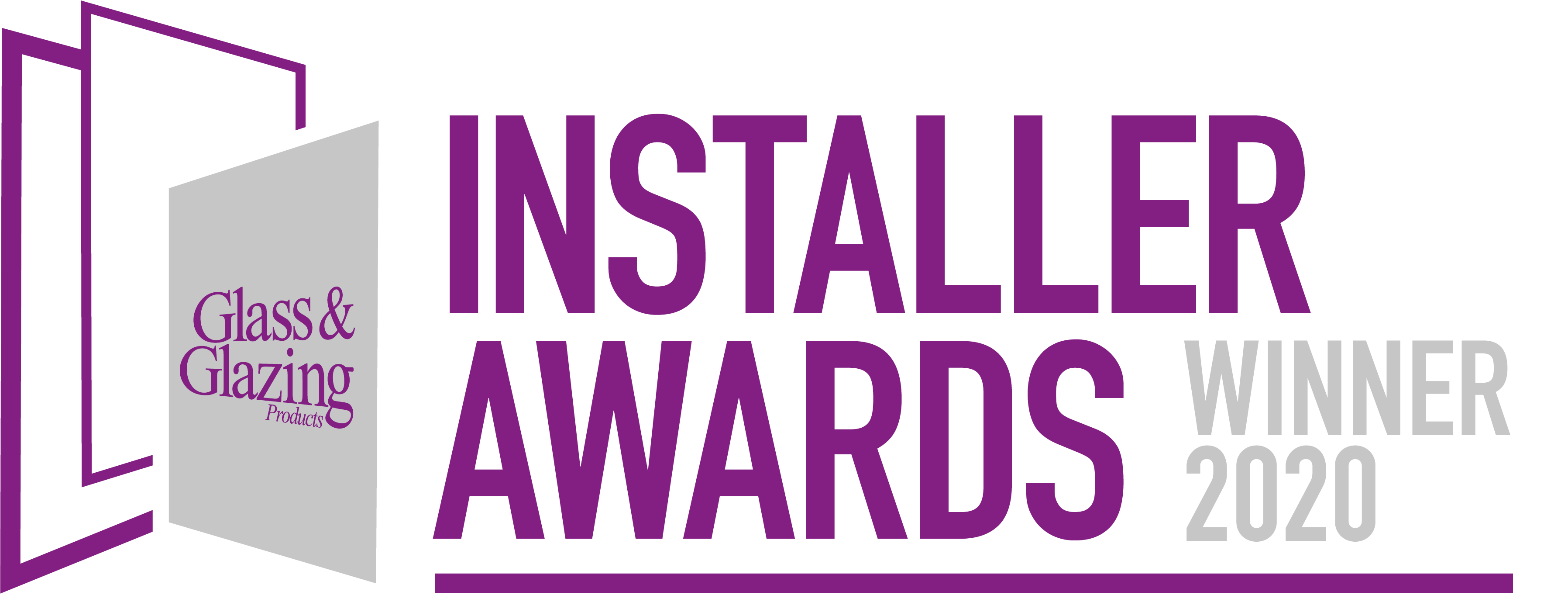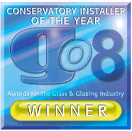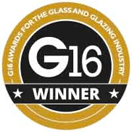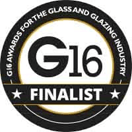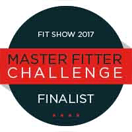uPVC vs Aluminium Windows: A Complete Comparison Guide
Main Takeaways
- uPVC windows are typically more affordable than aluminium, with prices approximately 30-40% lower, making them ideal for homeowners on a budget.
- Aluminium windows offer superior durability with a lifespan of 40+ years compared to uPVC’s 20-20 years, and maintain their structural integrity better in extreme weather conditions.
- For thermal efficiency, properly manufactured uPVC windows generally outperform aluminium, though modern aluminium windows with thermal breaks have significantly closed this gap.
- Aluminium frames are slimmer than uPVC, allowing for larger glass areas that maximise natural light intake and create a more contemporary aesthetic.
- Both materials require minimal maintenance, but uPVC may have a slight edge as it doesn’t require occasional repainting like aluminium might after many years.
As a family-run business with over 30 years of experience in the home improvement industry, we’ve helped countless homeowners across Hampshire, Surrey, Berkshire, and South-West London find the perfect windows for their properties.
One of the most common questions we’re asked is about the differences between uPVC and aluminium windows.
Both materials have their distinct advantages and ideal applications, and today we’re breaking down everything you need to know to make an informed decision.
What is uPVC?
Unplasticised Polyvinyl Chloride (uPVC) is a rigid, non-flexible form of plastic that has risen to popularity in recent decades, and is now the UK’s most popular window frame material.
As well as windows, the product is also used to make doors and other applications such as pipes and fencing.
Whilst it may be associated with a white finish, advances in technology mean that modern uPVC windows are available in a range of colours and finishing, including convincing woodgrain effects.
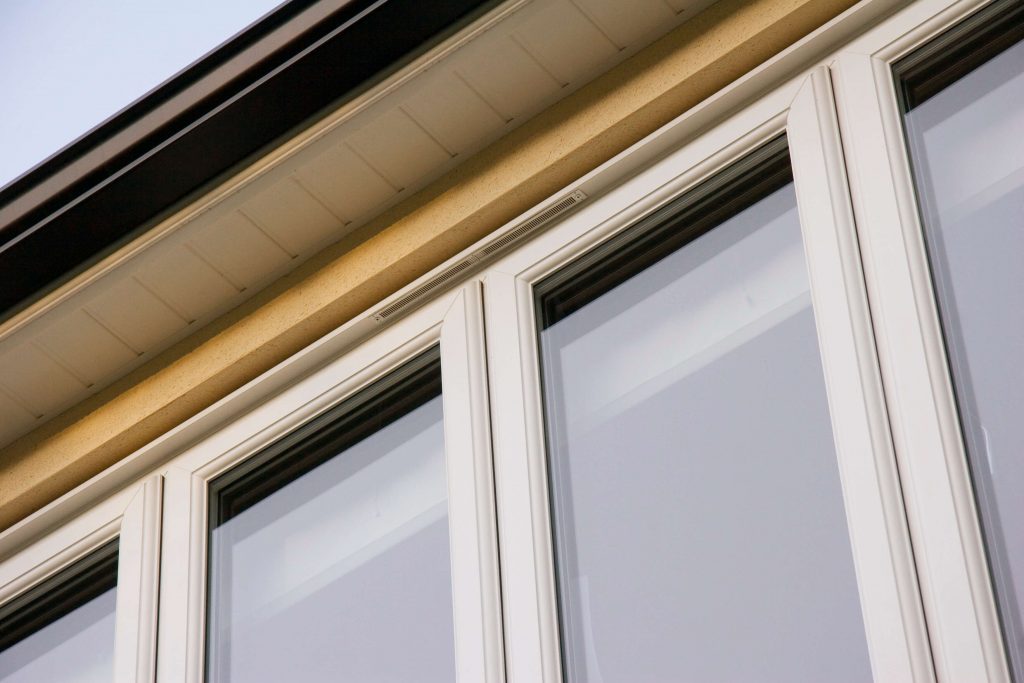
uPVC is the UK’s most popular window frame material.
What is Aluminium?
Aluminium window frames are made from extruded aluminium, a lightweight yet incredibly strong metal.
Aluminium frames are known for their sleek, slim profiles, exceptional strength, and ability to support larger glazed areas than other materials.
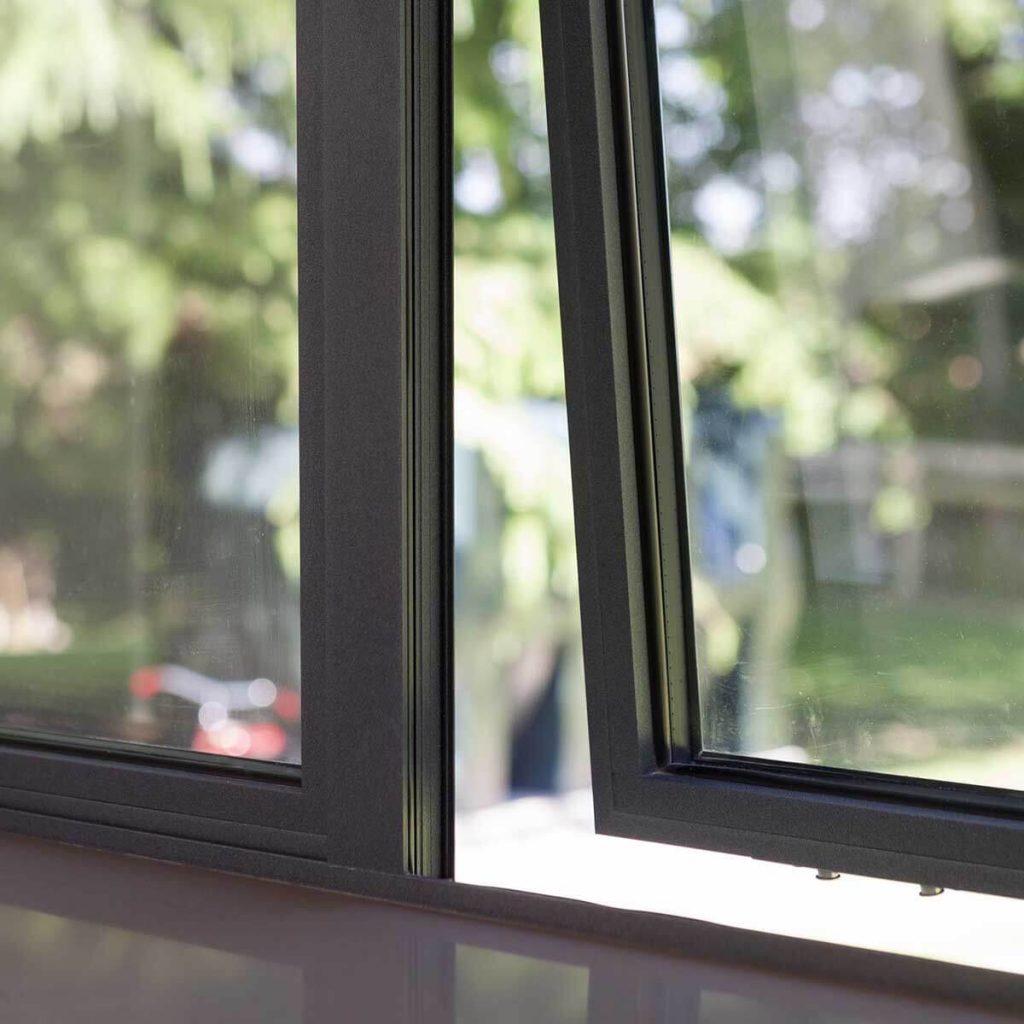
Aluminium windows are known for their slim sightlines.
Aluminium vs uPVC Cost
When it comes to initial investment, uPVC windows are typically more budget-friendly, costing approximately 30-40% less than their aluminium counterparts.
However, it’s worth considering the long-term value. Aluminium’s extended lifespan means that while you pay more upfront, the cost spread over the lifetime of the windows may actually work out comparable to replacing uPVC windows earlier.
For homeowners on a tight budget who don’t want to compromise on quality, our uPVC window range offers excellent value without sacrificing performance or aesthetics.
Verdict: uPVC wins for initial affordability
Durability and Lifespan
When it comes to longevity, aluminium has the advantage. Aluminium windows typically last 40+ years, while uPVC windows generally have a lifespan of 20-40 years depending on the quality and maintenance. Although both are highly durable materials.
Verdict: Aluminium wins for long-term durability
Thermal Efficiency
Keeping your home warm while minimising energy bills is a priority for most modern-day homeowners. Traditionally, uPVC has had the edge in thermal efficiency due to its naturally insulating properties and multi-chambered profiles that trap air to create additional insulation barriers.
However, modern aluminium windows with advanced thermal break technology have significantly closed this gap. Our aluminium windows can achieve ‘A’ Window Energy Ratings, matching the performance of many uPVC windows.
That said, at equivalent price points, uPVC windows typically offer better thermal performance, leading to less energy loss and potentially lower heating bills over time. For properties in particularly cold locations or for homeowners especially concerned about energy efficiency, high-quality uPVC might still have a slight advantage.
Verdict: uPVC wins, but the gap is narrowing with modern aluminium designs

Maintenance Requirements
Both materials score highly for being low maintenance, but there are subtle differences worth noting.
uPVC requires minimal upkeep – typically just an occasional wipe down with soapy water to keep it looking fresh. It won’t rust, rot, or corrode, and it doesn’t need painting or sealing. Over very long periods (decades), the colour may slightly fade if exposed to intense sunlight, but our uPVC uses UV-resistant formulations to minimise this effect.
Aluminium is similarly low-maintenance and exceptionally resistant to the elements. Its powder-coated finish is highly durable and resistant to fading, peeling, or flaking. In some environments, aluminium might require repainting after many years (typically 20+ years), but otherwise needs just occasional cleaning to maintain its appearance.
Verdict: Both are excellent, with uPVC having a slight edge for truly minimal maintenance
Natural Light Intake
The amount of natural light that enters your home can significantly impact both aesthetics and wellbeing. Here, aluminium has a distinct advantage due to its strength-to-weight ratio, which allows for slimmer frames than uPVC.
Aluminium window frames can be up to 50% slimmer than equivalent uPVC frames while supporting the same glass weight. This means larger glass surface areas and less frame visibility, maximising natural light intake and providing cleaner, less obstructed views to the outside.
For projects where maximising light is a priority, such as extensions, modern homes with large windows, or properties with stunning views, aluminium frames offer a significant advantage.
Verdict: Aluminium wins for maximising glass area and natural light

Aesthetics
Aesthetics are subjective, but there are notable differences in the visual appeal of these materials.
Aluminium windows offer a sleek, contemporary look that works beautifully in modern architectural designs. Their slim profiles create a minimalist appearance that many homeowners desire. Our aluminium windows come in over 200 RAL colours, and we’re particularly known for our Aluco steel-look aluminium windows that capture the beauty of steel with modern performance benefits.
uPVC windows have come a long way in terms of aesthetics. While traditional white uPVC still remains popular, our range includes woodgrain effects that convincingly replicate timber, as well as a variety of colours like Anthracite Grey, Chartwell Green and Golden Oak. For period properties or traditional styles, our uPVC cottage-style windows with glazing bars offer authentic character.
Verdict: Draw – it’s a matter of personal preference and architectural style
Sustainability
Environmental considerations are increasingly important for many homeowners. Both materials have their environmental pros and cons, but aluminium has some distinct advantages.
Aluminium is 100% recyclable and can be recycled indefinitely without losing quality. The recycling process uses just 5% of the energy required for primary production. While the initial manufacturing process is energy-intensive, aluminium’s incredible durability and recyclability make it an environmentally sound choice over the long term.
uPVC is also recyclable, though the process is more complex and it can’t be recycled indefinitely like aluminium. However, modern uPVC production has become more environmentally friendly, and its excellent thermal efficiency means lower energy consumption throughout its lifetime.
Verdict: Aluminium wins for overall sustainability, particularly due to its recyclability
Security
Both aluminium and uPVC window frames, when properly manufactured and installed, offer excellent security. The security level largely depends on the locking mechanisms, glazing, and overall quality of construction rather than the frame material itself.
Aluminium’s inherent strength provides some structural advantages in security terms, as it’s extremely difficult to break or damage. However, our uPVC windows are reinforced and fitted with the same high-security multipoint locking systems as our aluminium range, meaning both provide outstanding protection for your home.
All our windows, regardless of material, are designed to meet or exceed British security standards.
Verdict: Draw – both offer excellent security when properly specified
uPVC Windows from Sherborne
Looking for something reliable, energy-efficient, and budget-friendly? Our range of uPVC windows ticks all those boxes — and then some. At Sherborne, we offer uPVC in a range of classic and contemporary styles, each with different opening mechanisms to match how you use your space:
- uPVC Casement Windows
These are a real all-rounder — hinged at the side or top and opening outwards, they’re the most popular window style in the UK. They’re easy to use, let in loads of light, and come in various layouts to suit your home’s design. - uPVC Tilt & Turn Windows
Want more control over airflow or an easy way to clean your upstairs windows? Tilt and turn windows are great for that. Tilt them inwards from the top for a little fresh air or turn them fully open from the side when you want more ventilation or access. - uPVC Sliding Sash Windows
For homeowners who love that period charm, uPVC sliding sash windows offer a traditional look with modern performance. They open vertically with smooth sliding sashes and have features like easy-clean tilting mechanisms and child safety restrictors. Available in woodgrain effects for a real retro feel. - uPVC Bay & Bow Windows
If you want to add character and more space to your home, bay or bow windows are a great shout. They project outwards from your wall, creating a feature both inside and out. Bay windows have angular frames, while bow windows offer a gentler curve. Both styles can be made up of several casement windows or fixed panes.
All uPVC windows are tailored to you — you can choose from classic white or opt for modern anthracite grey, woodgrain effects, or even bold statement colours. Whatever look you’re after, we’ll help you get it spot on.

Woodgrain effects are an excellent way to combine traditional appearance with modern performance.
Aluminium Windows from Sherborne
If you’re after something sleek, strong, and modern, aluminium windows are a brilliant choice — and at Sherborne, we offer several styles to suit different homes and tastes. All our aluminium windows are slim-framed, energy efficient, and built to last, but the way they open and function varies by style:
- Aluminium Casement Windows
These are the most popular type — they’re hinged at the side and open outwards like a door. You can get top-hung or side-hung options, depending on your needs. They’re practical, secure, and easy to operate, making them ideal for most areas of the home. - Aluminium Tilt & Turn Windows
These clever windows open in two ways: tilt them inwards at the top for gentle ventilation, or swing them open like a door for a full opening. They’re perfect for upper floors because they’re easy to clean from the inside and offer great airflow.
Every aluminium window we supply is made-to-measure and comes in a wide choice of colours and finishes — so whether you’re going for bold and black or subtle and grey, we’ve got a look to suit your style.

Who Are Sherborne?
We started as a family business back in 1990. Over 30+ years, we’ve grown to become one of the most trusted names in home improvement across Hampshire, Surrey, Berkshire, and South-West London, but we’ve never lost our family values of honesty, integrity, and courtesy.
As a local company operating within a one-hour radius of our Farnborough HQ, we’ve built unrivalled knowledge of our local area and the specific requirements of homeowners. With showrooms throughout Surrey and Hampshire, we make it easy for you to explore our extensive range of products in person.
Our commitment to excellence has earned us numerous industry accolades, including the G11 Award for Conservatory Installer of the Year and the GGP Installer Award for Best Installer – Residential. But more important than any award is our reputation for exceptional customer care, which we’ve built meticulously over three decades.
FAQs
Which is better, uPVC or aluminium windows?
Neither is definitively “better” – the right choice depends on your specific requirements, budget, and preferences. uPVC offers excellent value and thermal efficiency, while aluminium provides superior durability, slimmer frames, and more contemporary aesthetics.
How long do aluminium windows last compared to uPVC?
Quality aluminium windows typically last 40+ years, while uPVC windows generally have a lifespan of 20-35 years with proper maintenance.
Are aluminium windows more expensive than uPVC?
Yes, aluminium windows typically cost 30-40% more than equivalent uPVC windows due to higher material and manufacturing costs.
Which window material is best for modern homes?
Aluminium is often preferred for contemporary architecture due to its slim sightlines and sleek appearance, but modern uPVC designs in colours like Anthracite Grey can also complement modern homes.
Can I get coloured windows in both materials?
Yes, both our uPVC and aluminium windows are available in a wide range of colours. Aluminium offers more colour options (200+ RAL colours), while uPVC provides excellent woodgrain effects that aluminium cannot match.
If you’re considering new windows for your home, we’d be delighted to help you explore all the options. Visit one of our showrooms, call us on 01252 370917, or email enquiries@sherbornewindows.co.uk to arrange a consultation with one of our experienced advisors.
